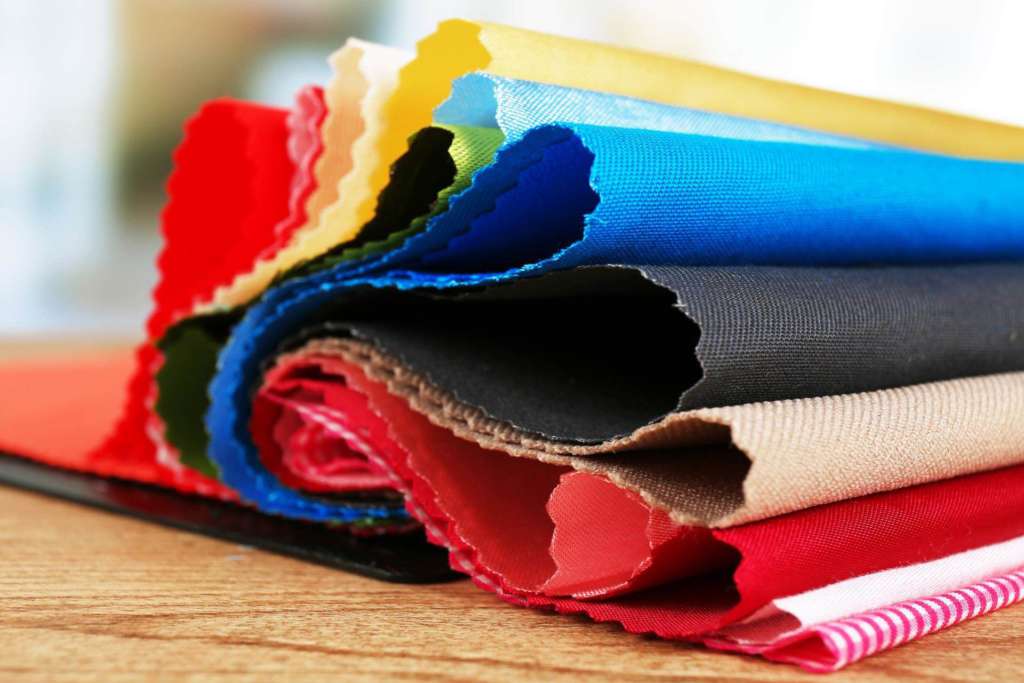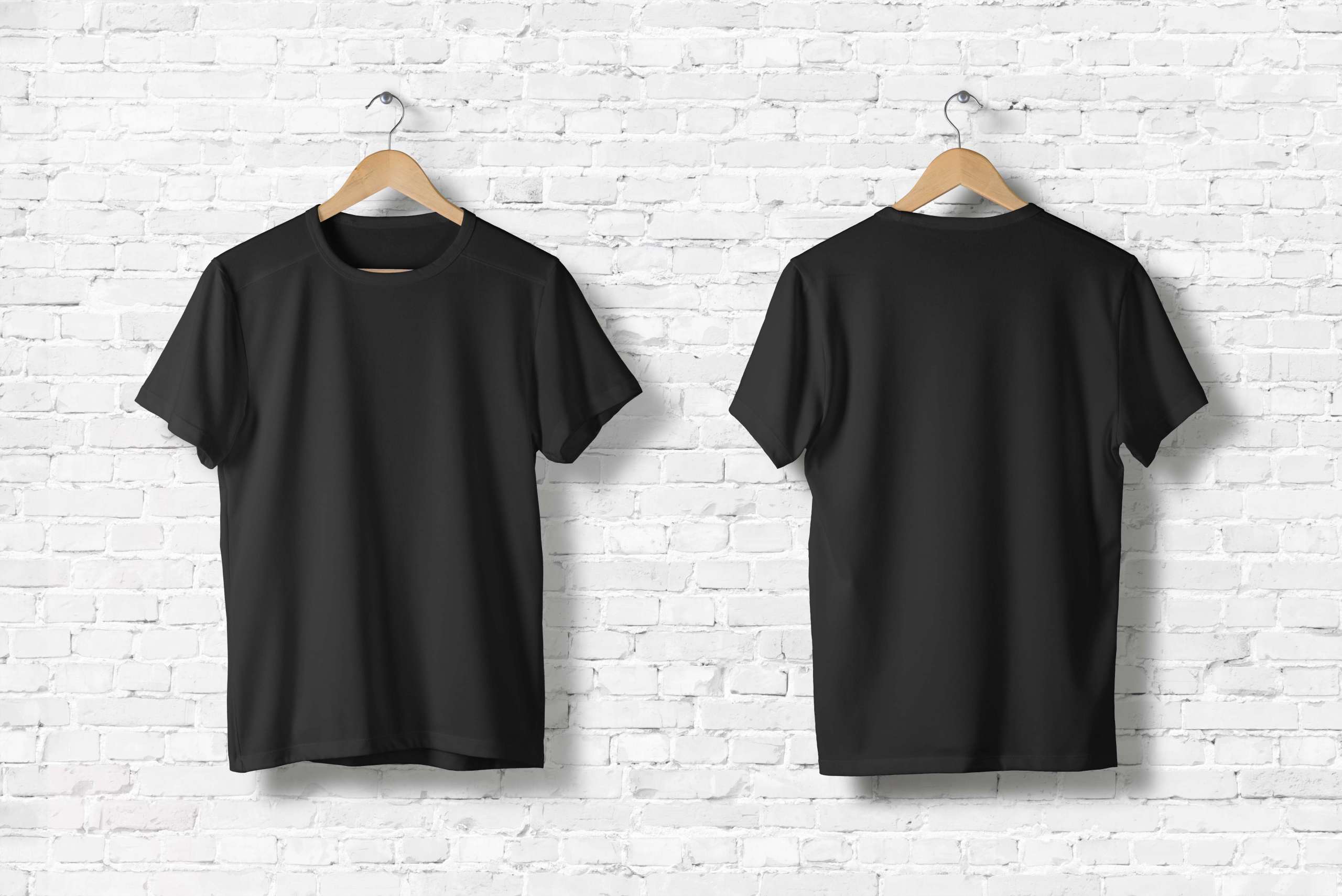How to Source Technical Textiles at Low-Cost Within 2 Weeks?



The textile industry in India needs no introduction - here, the word fashion means colors, cuts, patterns, styles, and innovation. In the recent COVID-19 times, the textile industry was badly hit, yet, with technology innovation, it emerged as a winner. As we progress, so does manufacturing and production, and the textile industry is no less. Over the last few years, smart clothing has been slowly rising to meet peoples’ needs in the digital era. In recent times, when global manufacturing came to a halt and the import of critical medical equipment, including PPE kits and N95 masks, was on the rise, the technical textile sector has gained much more importance.
Technical textile refers to the textiles which serve technical needs. In India, technical textiles account for 13% of the textile and apparel market. With an increase in investment, consumption, and export, this sector is poised for tremendous growth. International technical coloration, market development, market promotion, and the Make in India initiative will drive further growth, and It is believed that by 2024 with an average growth rate of 15-20%, it will reach $ 40-50 bn.
Use of Technical Textile
High-performance, high-tech fabrics, which besides looking attractive, also offer protection, comfort, and performance, have become the new mantra to keep in mind while designing clothes. Technical textiles are the fibers and fabrics developed keeping functional and performance properties in mind. They give innovative and sustainable ideas implementation choices to the designers by focussing on user-oriented synergies between technology and textile. Because of their customizable properties, these fibers form a key raw material for the technical textile industry. They are now the basis of a new range of new applications across different industries which include agriculture, civil engineering and construction, automobiles, etc. The objects in which technical fabrics are used these days can be bed sheets, table cloth, seat cover.
In general there are 12 technical textile segments: agrotech, buildtech, clothtech, geotech, hometech, indutech, meditech, mobiletech, oekotech, packtech, and sportech.
Scope of Technical Textile
Individual Scope:
Technical textiles can be used individually or as a part of other products. They are used individually to satisfy some specific function, like in the uniform of firemen as a fire retardant fabric. When used as a part of other products, they are used to increase the functionality of that product in terms of strength or performance.
Accessories Manufacturing:

Technical textiles can also be used as accessories in manufacturing of other products for e.g. paper making felt in paper mills, filter fabric in the food industry. The raw material for technical textiles vary in three basic forms; fibre, yarn and fabric. They undergo many structural and technical changes in the process of manufacturing of products. These days major inventions are happening in fibre and fabrics to serve specific technical purposes.
Markets of Technical Textile
The largest markets for technical textiles are the aerospace and automotive sectors. They are mainly used in upholstery, hoses, filters, fan belts, and body panels. Their use in aerospace technology has also led to the use of technical textiles in other industries. They are now used to monitor the tiredness and alcohol level of drivers, detection devices in sky suits, and in the prevention of heart-related diseases. The list is only growing.
Specialty fabrics are used majorly in sportswear too. In the garment and footwear industry, the range of options is huge. Another segment that saw a huge demand for technical textiles in recent times is medicine. Besides their regular use in diapers, sanitary wear, wound dressing, etc., they are now also used to make artificial ligaments. The PPE suits, which were the lifesavers for the medical fraternity, use these specialty fibers too.
How Are Technical Textiles Made
While the natural fibers are cotton, jute, and silk, the synthetic fibers include nylon, polyester, acetate, acrylic, rayon, and olefin, etc. Saran, vinyon, Nomex, Vectran, glass fiber, metallic fiber, zylon, twaron, spectra, modal, sulfur, acrylonite, loycell, M5 are some fibers with special properties which are used for technical textiles. Higher tenacity, excellent insulation, durability, lightweight, and thermal stability are the features that have led to an increased demand for these fibers.
Where to Source Technical Textiles in 2 weeks
The invention of specialty fibers and their incorporation in all areas is an indication that the technical textile industry is on a sunrise. India mainly exports in the segment of indutech and packtech. Indutech holds the total share of 44% and packtech 30%. Surgical dressing, hessian, tarpaulins, jute carpet backing, flexible intermediate bulk containers, crop covers are some of the products which we export. USA, UAE, UK, Indonesia, and China are our largest export markets.
In India, the availability of specialty fibers is quite scarce, so the technical textile sector depends heavily on importing them. We get our major chunk of these fibers from the UAE. Ultra-High-Molecular-Weight-Polyethylene constitutes 99.38% of it. Other countries from which we import these fibers are Iran, Singapore, and Saudi Arabia.
The top spot has been maintained by China for the majority of 12 specialty fibers which has witnessed a significant increase in value. Korea is a leader in Nylon 6,6 exports, amounting to 69.92% of the total Korean specialty fibers exports to India. South Korea has a varied presence across specialty fibers. It has seen a tremendous increase in exports of carbon fibers, ceramic fibers, UHMWPE, high tenacity nylon, and aramids high tenacity polypropylene. Taiwan and Russia are also the major exporters of these specialty fibers and have a presence in glass fiber, high-tenacity viscose, and high tenacity nylon fiber. Thailand is another country that exports aramids, UHMWP, Nylon 6,6 , high tenacity nylon, high tenacity polypropylene, and high tenacity polyester.
Major Players of the Technical Textile Industry

Du Pont, Procter & Gamble, Ahlstrom, Johnson and Johnson, 3M, SKAPS Terram, Kimberley Clark, and Strata Geosystem are some of the international technical textile manufacturers which have already initiated operations in India.
The Ministry of Textiles also organizes events like Technotex India in collaboration with the Federation of Indian Chambers of Commerce & Industry (FICCI) in the form of exhibitions, conferences, and seminars inviting participants from the global technical textile value chain.
There is a 1000 acre textile park, Brandix India Apparel City(BIAC) in Visakhapatnam, with world-class infrastructure developed and managed by veterans of the apparel industry.
With the increasing demand all over the world, this sector has seen a lot of momentum. The options to source the material are plenty. While you still need to rely on the import of specialty fibers (look for nearby countries like Taiwan, Thailand, and China if you want to save time and money), our own country offers a huge variety of natural fibers. Fashinza can help you source smart textiles by connecting you with top manufacturers.



















